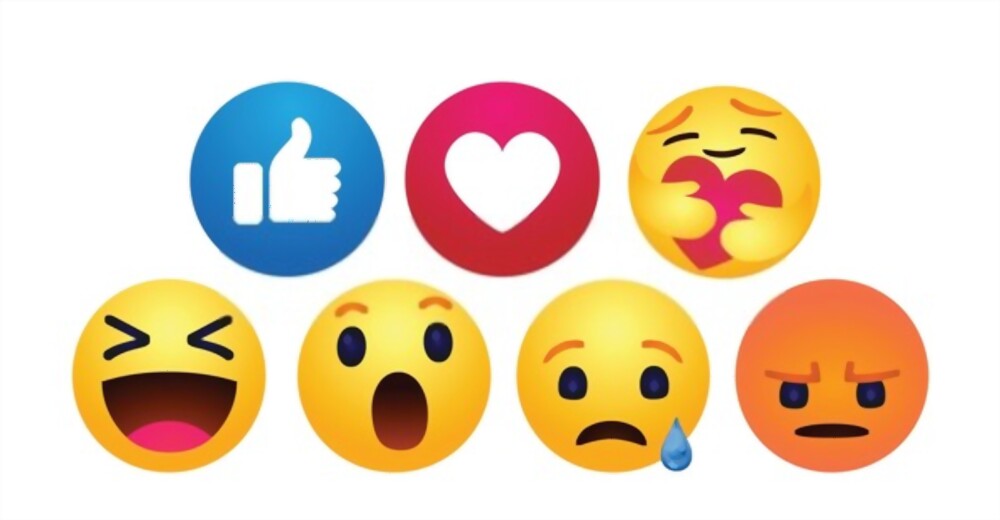Emoji Use in Advertising Claim Substantiation: Non Standard Characters Need Substantiation Too!
If a picture paints a thousand words, have emoji painted brands into a corner where implied or express claims are made without substantiation? According to Adweek, 92% of online users communicate using emojis. These nonstandard characters are representational, like a peach or a smiley face, and they can add nuance to a phrase or emotion to a statement. However, as we see in a recent NAD inquiry into baby food, if emoji make a claim, it needs to be substantiated.
Baby Brain Food
Once Upon a Farm (OFarm) is a provider of purportedly healthy and “clean” baby foods. During NAD’s routine monitoring, it took upon itself a review of a claim on OFarm’s Instagram campaign. The claim as written was Have you tried our NEW Advanced Nutrition Baby Fruit & Veggies Blend for babies yet? Veggie forward with hints of fruit, all three blends are formulated with prebiotics, probiotics, iron, vitamin B12, zinc and DHA – so you can feel comfortable your little ones are getting the nutrition they need for development. This may not sound like it needs substantiation, but what happens when you add emojis?
Emoji-fying Your Ads
The noun “development” is not specific, and any parent knows that child development varies across multiple axes, with many variables outside of “clean” baby food coming into play. Without emoji, a typical development claim could be uninteresting to regulators. However, this claim was followed by a brain emoji and a flexed muscle arm emoji. The imagery of a “brain” and “muscle” may be interpreted to mean that this baby food promotes development of a healthy brain and muscles, where other baby foods do not.
The NAD viewed the emoji as an express claim that the baby food formulation supported strong brain development–which required substantiation. Specifically, the NAD said that “the Instagram post created a link between OFarm’s product ingredients and children’s brain and strength development that requires competent and reliable scientific data as support.”
OFarm Outcome
OFarm voluntarily discontinued the claim for other reasons, but not until after it submitted articles and studies purportedly showing that the baby food ingredients were proven to support brain development and muscles. The NAD chose not to pursue the inquiry further–but this is not the end of advertising with emoji. Emoji use among marketers and advertisers is a commonplace strategy to increase engagement and connection with an audience. An MIT study found that we process images in 13 milliseconds, far quicker that the written word, making emoji a super-fast conductor of emotional information–for better or worse.
As NAD showed here, claims that employ emoji are subject to the same rules as other express and implied claims. To evaluate how a claim could reasonably be interpreted, advertisers can look to consumer surveys that measure whether their claims are substantiated by the evidence. If you are interested in building up evidence to substantiate an advertising campaign or marketing strategy, contact the advertising claim substantiation experts at MMR Strategy Group.
